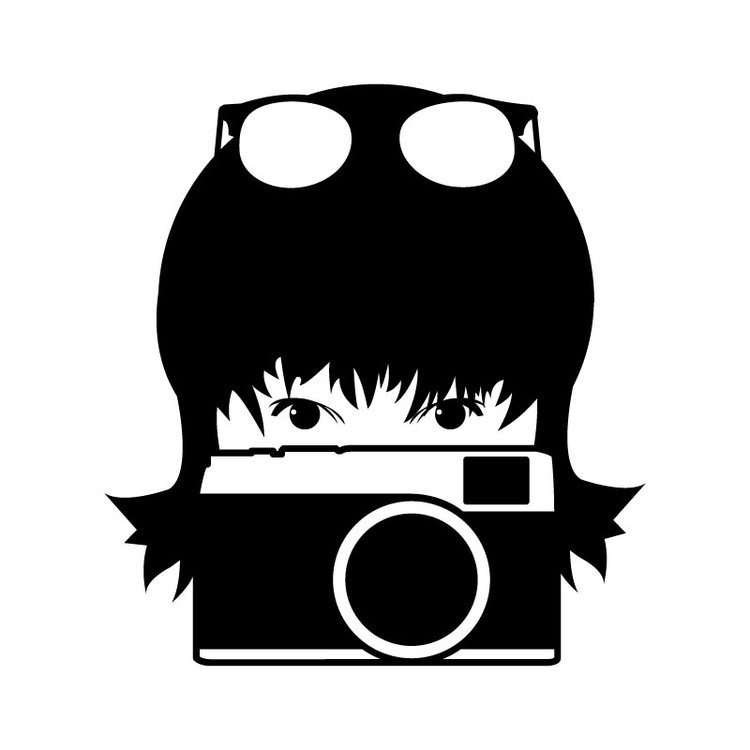Q: " Recently, I visited Uetliberg, the top most point in Zurich Switzerland. I wanted to capture a landscape picture of the city and since there was ample light (around
8:30 AM). I was quite excited that I would be getting some good shots. But to my surprise all my pictures looked very dull, the brown, white buildings looked over exposed, green trees which are all around city were not sharp at all. The EXIF info is as follows f/7.1, 1/160 sec, 200 mm focal length, ISO 100, Camera Nikon D7000." Vishwas
A: "Hello! Thank you for your question. Being more of an urban and people shooter, I will still attempt to give you a few tips to help you achieve better results.
You mentioned that you set up for your shot at 8:30 am. Depending on the season, it may have already been a bit too bright if it was a cloudless day. Colors quickly look washed out in the bright sunlight. Try to get to the location before sunrise and capture the blue and golden hour. Of else, when possible, shoot on an overcast day. The most adverse weather conditions usually make for the most dramatic landscapes. I usually only photograph landscapes when it's stormy, rainy, foggy or snowing, those conditions make for more interesting and moody images. Avoid a boring blue sky! In this case, you may have preferred dry weather to get a good shot of the city below. Unfortunately, cloudless days are not our best friends and, in order to get the shot, one must be able to get up early or stay out late.
Most nature photographers will favor the use of a sturdy tripod and a remote release. This will allow you to shoot at a smaller aperture (large number) such as f/11 or even f/22 in order to get the entire scene in focus. The shutter will remain open longer to let more light in, thus the need to use a tripod to steady your camera. Remember to focus 1/3 into the frame in order to get most of the scene in focus.
You may want to shoot RAW in order to maximize on quality. If you use a software such as Lightroom, adjust the white balance and add a little clarity and vibrance. You may also find the graduated filter very useful to adjust the exposure in some areas of the scene. The trees in the foreground will usually be darker and lack details, you can bring a lot of that back in most editing software if you shoot RAW. If you like a high dymanic range look, you may want to try to shoot several exposures of the scene and use a software, such as Photomatix, to process them. A tripod becomes indispensable for this technique. You can now achieve great results in Lightroom with a single exposure.
Activate the 'blinkies' or overexposure warnings in your camera menu (many cameras have that option). The back of your LCD will blink black in areas that are over exposed. You can then make the necessary adjustments in exposure compensation and try the shot again.
These are some basic tips that can make a great difference. I'm not going to get into composition since that was not part of the original question and it would be an entirely new chapter.
Just remember that it is all about harnessing the light, taking control of your gear and practice, practice, practice. Good luck!"
Please leave a comment below, I would love to hear from you! If you receive this via email, click on the title to be redirected to the actual blog post and have access to the comment section.
If you have a question about photography in general, about the business side of things or anything else that is photography related, please use the contact form to send it. Thanks and I look forward to hearing from you!
